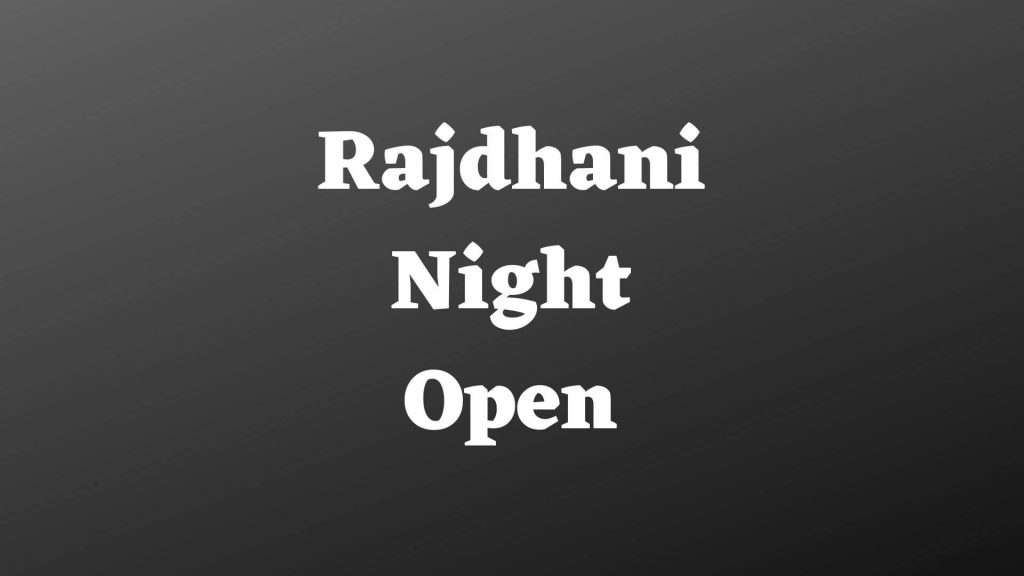BRICS is an acronym that stands for Brazil, Russia, India, China, and South Africa. It is a group of five emerging economies that are collectively known as the BRICS countries. The BRICS countries represent a significant share of the world’s population, land area, and economic output. The grouping was established in 2009 and has since become an important platform for the five countries to collaborate on a range of issues, including economic development, trade, and global governance.
The origins of the BRICS grouping can be traced back to a concept that was first proposed by Jim O’Neill, the former Chief Economist of Goldman Sachs. In 2001, O’Neill published a research paper titled “Building Better Global Economic BRICs” in which he identified Brazil, Russia, India, and China as four large emerging economies that had the potential to become major global players in the 21st century. According to O’Neill, the combined GDP of these four countries would overtake that of the United States by 2041.
The BRIC concept gained traction over the years, and the four countries began to meet regularly at various international forums, including the G20 and the United Nations. In 2006, they held their first formal meeting on the sidelines of the G8 summit in St. Petersburg, Russia. At that meeting, the leaders of the four countries issued a joint statement in which they called for greater cooperation and closer dialogue on global issues.
In 2009, the first BRIC summit was held in Yekaterinburg, Russia. At that meeting, the leaders of the four countries decided to formalize the grouping and to hold annual summits to discuss issues of mutual interest. The four countries also invited South Africa to join the grouping, and the name was changed to BRICS.
Since its formation, the BRICS grouping has evolved into a platform for the five countries to collaborate on a wide range of issues, including economic development, trade, energy, and global governance. The BRICS countries account for about 42% of the world’s population, 23% of global GDP, and 16% of global trade. Together, they represent a significant voice in global affairs.
The BRICS grouping has established a number of institutions to support its work, including the New Development Bank (NDB), the Contingent Reserve Arrangement (CRA), and the BRICS Business Council. The NDB is a multilateral development bank that was established to finance infrastructure and sustainable development projects in the BRICS countries and other emerging economies. The CRA is a pool of currency reserves that can be used to provide emergency funding to BRICS countries facing balance of payments crises. The BRICS Business Council is a platform for businesses in the five countries to exchange ideas and explore opportunities for collaboration.
One of the key objectives of the BRICS grouping is to promote economic development and trade among its member countries. To this end, the five countries have established a number of initiatives to promote investment and trade. In 2010, they launched the BRICS Business Forum, which brings together business leaders from the five countries to discuss issues of mutual interest. They have also established the BRICS Trade Fair, which is a platform for businesses to showcase their products and services to potential partners.
In addition to economic development, the BRICS grouping has also focused on issues of global governance. The five countries have called for a more inclusive and representative global order, and have advocated for reforms to the United Nations and other international organizations to make them more reflective of the interests of developing countries. They have also called for a greater role for developing countries in global decision-making processes.
Over the years, the BRICS grouping has faced a number of challenges. One of the key challenges has been the divergent interests of the five countries. While they


